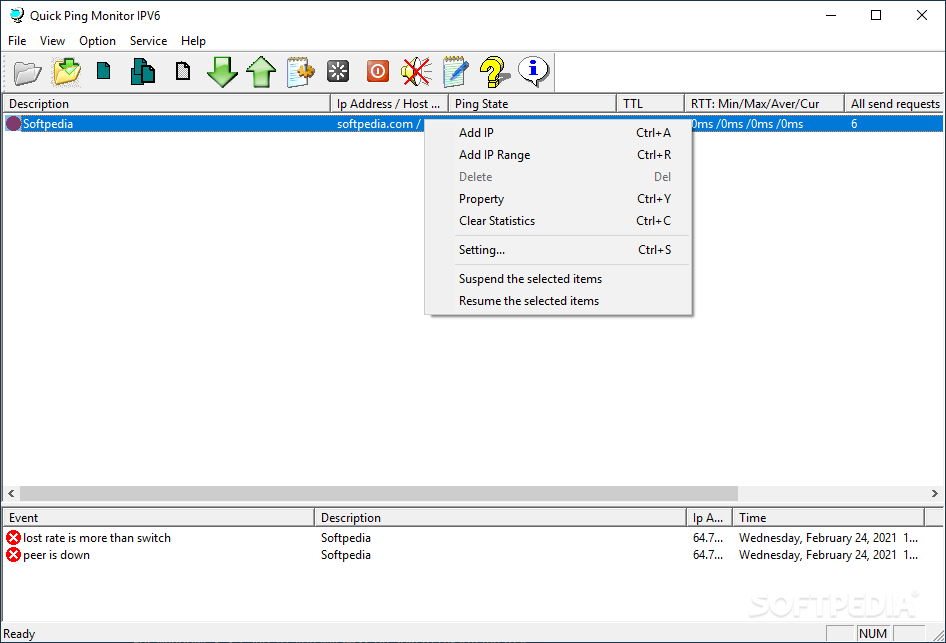

To test this, disconnect the cable from the Firebox interface and then try to ping the internal interface of the Firebox from a client computer. If the problem affects all or many users on your network, it could be that there is an IP address conflict between the Firebox internal IP address and another device on your network. Look at the ipconfig command output and consider these possible causes for the ping failure: To see the IP address and default gateway in local network configuration on a client computer, from the Windows command prompt, use the ipconfig command. If you are unable to ping the internal IP address of the Firebox, this could indicate a problem with the configuration on the Firebox, or a problem with your local network configuration or cabling. To start a ping from a Windows computer, use the instructions in the preceding section. For example try to ping a local network server, or the IP address of a Firebox internal interface. Test 1 - Ping an Internal IP Addressįrom your local computer, attempt to ping other internal IP addresses on the same local network. Use the instructions in the previous section to run the diagnostic commands used in these tests and to look at log messages. If that is successful, the next step is to test routing and DNS resolution to hosts outside your local network.

To identify the cause of Internet connection problems from computers on your local network, start with ping tests from a local computer on your network to the Firebox or a local server on your network. To see more information, including DNS server IP addresses, type ipconfig/all and press Enter.To see the assigned IP address, subnet mask, and default gateway, at the prompt, type ipconfig and press Enter.In the search text box, type cmd and press Enter.Locate the search text box in the Windows task bar or Start menu.


 0 kommentar(er)
0 kommentar(er)
